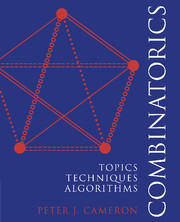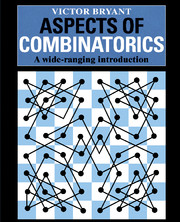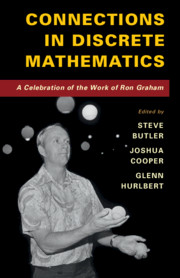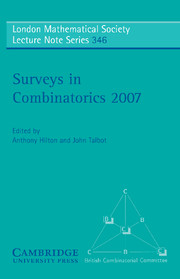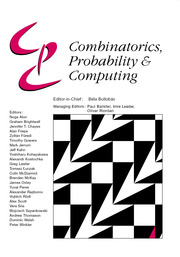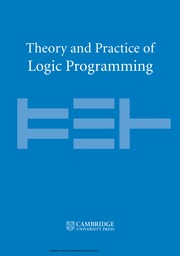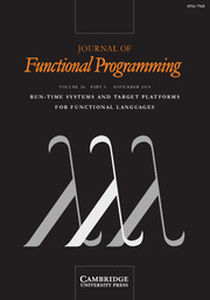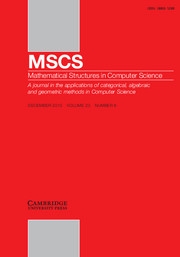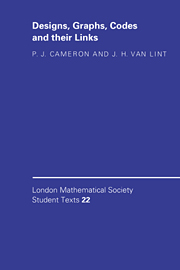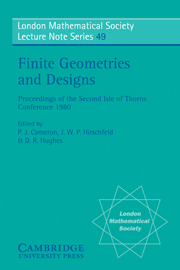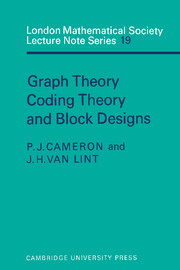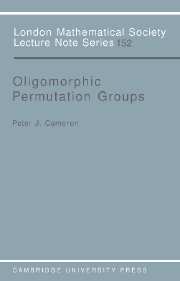Combinatorics
Combinatorics is a subject of increasing importance, owing to its links with computer science, statistics and algebra. This is a textbook aimed at second-year undergraduates to beginning graduates. It stresses common techniques (such as generating functions and recursive construction) which underlie the great variety of subject matter and also stresses the fact that a constructive or algorithmic proof is more valuable than an existence proof. The book is divided into two parts, the second at a higher level and with a wider range than the first. Historical notes are included which give a wider perspective on the subject. More advanced topics are given as projects and there are a number of exercises, some with solutions given.
- Written in two parts at different levels
- Includes projects for brighter students
- Features historical notes which add perspective
- Incorporates numerous exercises
Product details
October 1994Paperback
9780521457613
368 pages
234 × 191 × 25 mm
0.649kg
Available
Table of Contents
- Preface
- 1. What is combinatorics?
- 2. On numbers and counting
- 3. Subsets, partitions, permutations
- 4. Recurrence relations and generating functions
- 5. The principle of inclusion and exclusion
- 6. Latin squares and SDRs
- 7. Extremal set theory
- 8. Steiner triple theory
- 9. Finite geometry
- 10. Ramsey's theorem
- 11. Graphs
- 12. Posets, lattices and matroids
- 13. More on partitions and permutations
- 14. Automorphism groups and permutation groups
- 15. Enumeration under group action
- 16. Designs
- 17. Error-correcting codes
- 18. Graph colourings
- 19. The infinite
- 20. Where to from here?
- Answers to selected exercises
- Bibliography
- Index.

